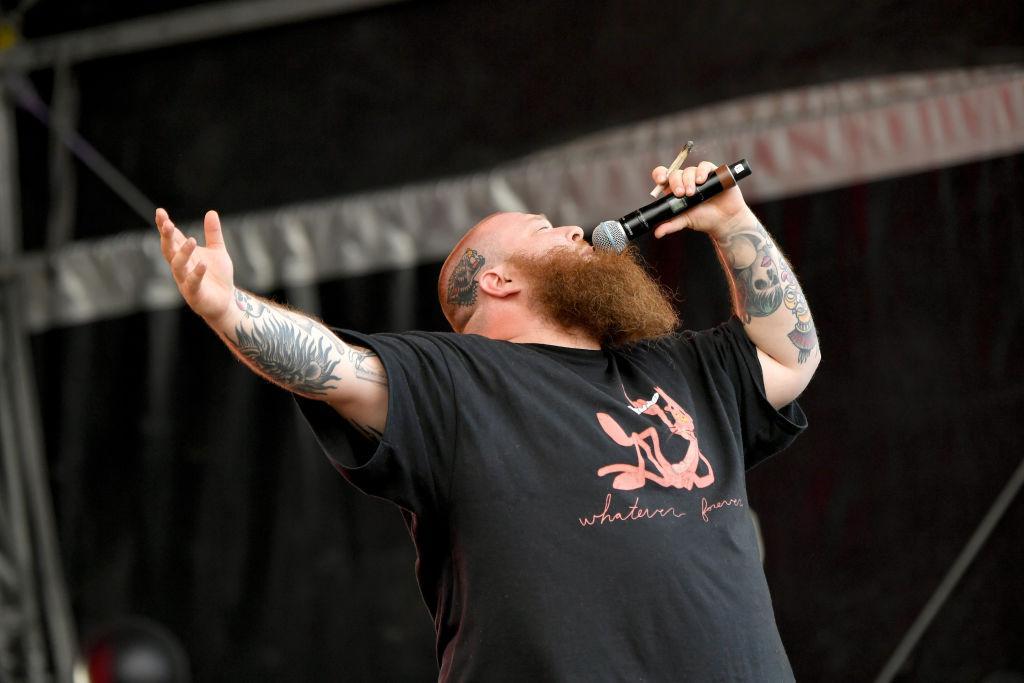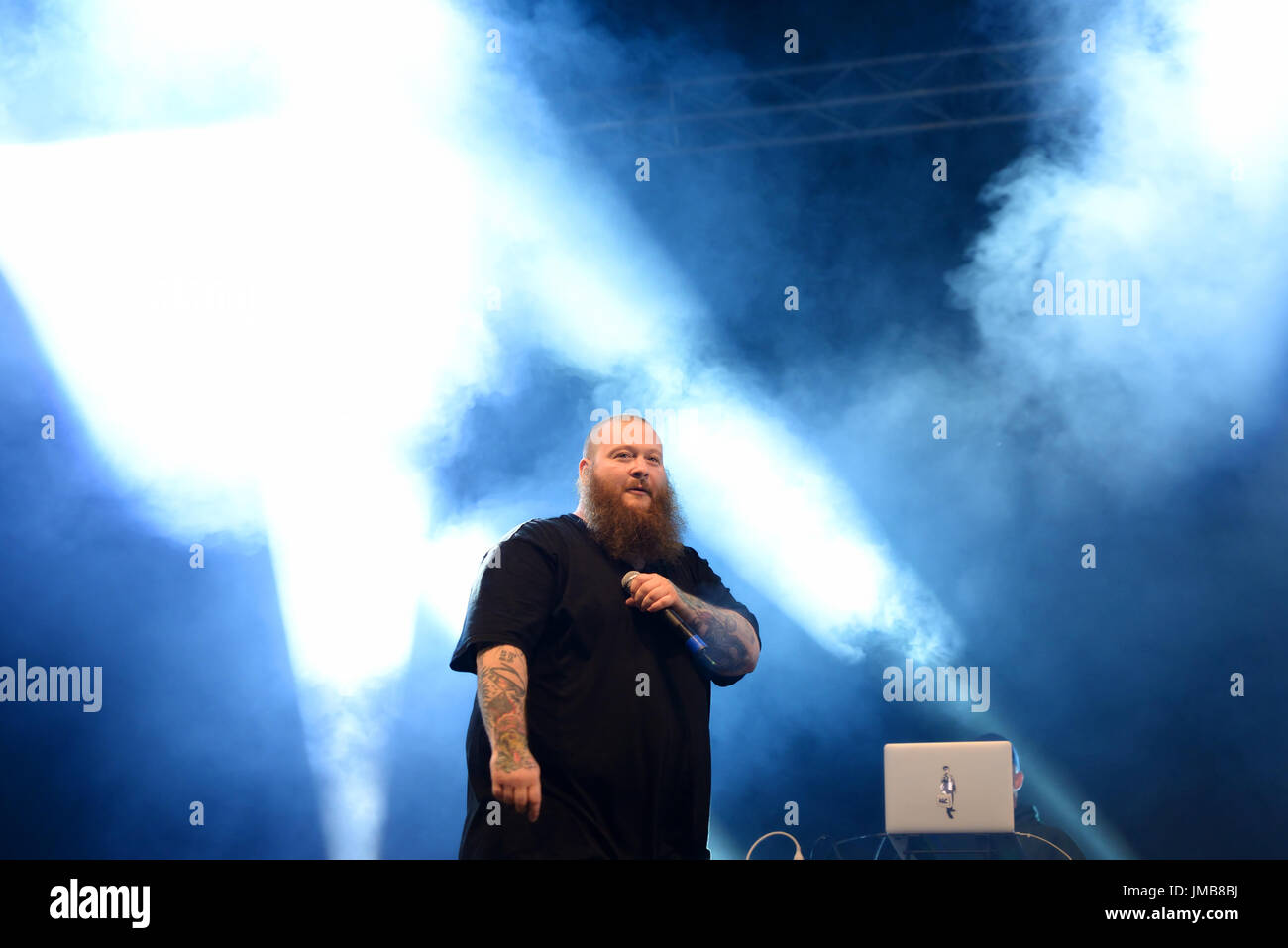
SC: Let’s speak about this tug of war between the past and the future, and how it relates to your work as AA Bronson. With its three floors and 3,000 square feet of space, and its spiral staircase at the core, it was designed as a lookout from which you could survey the park, and the Biennale buildings, and remember the dead. And since so much of my work is built around the spirits of the dead, I think that’s part of the reason Jessica invited me to work with this pagoda. But as an exhibition, it’s true, this is the first time I’ve occupied an entire existing building.ĪA: The pagoda was built along with the park that surrounds it, and the Gwangju Biennale itself, to commemorate the 241 people who were killed in the pro-democracy Gwangju Uprising in 1980, an event that is central to Gwangju’s identity and to Jessica’s choices of works for this Biennale. So I’ve occupied entire buildings for performances. You’ve constructed tents and created environments to stage different kinds of invocations and rituals and spiritual exercises, but this is new.ĪA: Well actually, one of the Invocation of the Queer Spirits took place in an abandoned Army Navy store in Winnipeg, for example. It’s also, as far as I can recall, the first time you’ve occupied a structure like this pagoda. But this project - AA Bronson’s HOUSE OF SHAME - is recuperating secret pasts, and unofficial histories. She suggested in the press conference earlier today that in Europe we tend to look backwards at history and for this biennale she wanted to think less about archiving, and those kinds of practices, and more about looking forward.

The curator, Jessica Morgan, wants to position Korea as a country that’s looking towards the future, not just the past.

SC: The Gwangju Biennale is titled Burning Down the House. Stuart Comer: This is Stuart Comer and Jenny Schlenzka with AA Bronson at the Gwangju Biennale on September the third, 2014, on a very humid day in South Korea.

Bronson’s project occupies all three floors of the abandoned pagoda. AA Bronson met with me in the pagoda to discuss the project.Įntrance to AA Bronson’s HOUSE OF SHAME at the 10th Gwangju Biennale. Transforming the structure into the “House of Shame,” an arena for shamanistic ceremony and queer underground publications, he has created a dazzling space for a community of radical spirits, past and present. For this year’s Gwangju Biennial, curator Jessica Morgan has offered Bronson the special opportunity of occupying a three-storey pagoda built to commemorate victims of Gwangju’s 1980 pro-democracy uprising. His recent projects have formed a complex set of methodologies rooted in ritual, religion, publishing, and queer mysticism.

GWANGJU, South Korea - For the past several years, AA Bronson’s work has drawn on the acute awareness of radical pedagogies and alternative economies that he developed as a member of the Canadian artists collective General Idea. (all photos by Stefan Altenburger, 2014, courtesy Esther Schipper, Berlin, and Maureen Paley, London) Costume by Mark Jan Krayenhoff van de Leur. AA Bronson performs “Artemesia for my Great Gandfather” (2014), spreading mugwort of the first two floors of the pagoda.


 0 kommentar(er)
0 kommentar(er)
